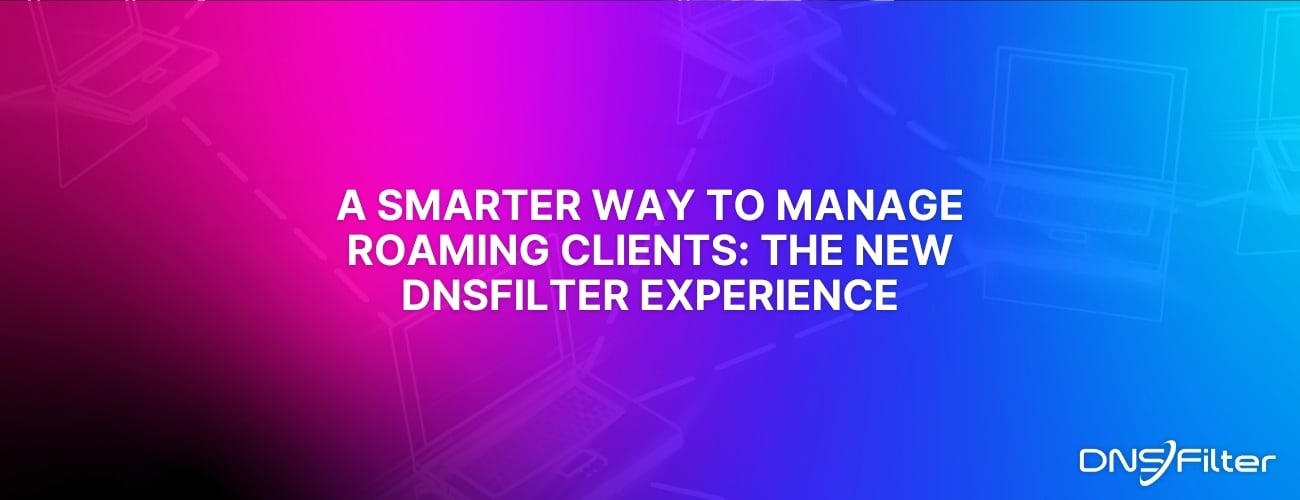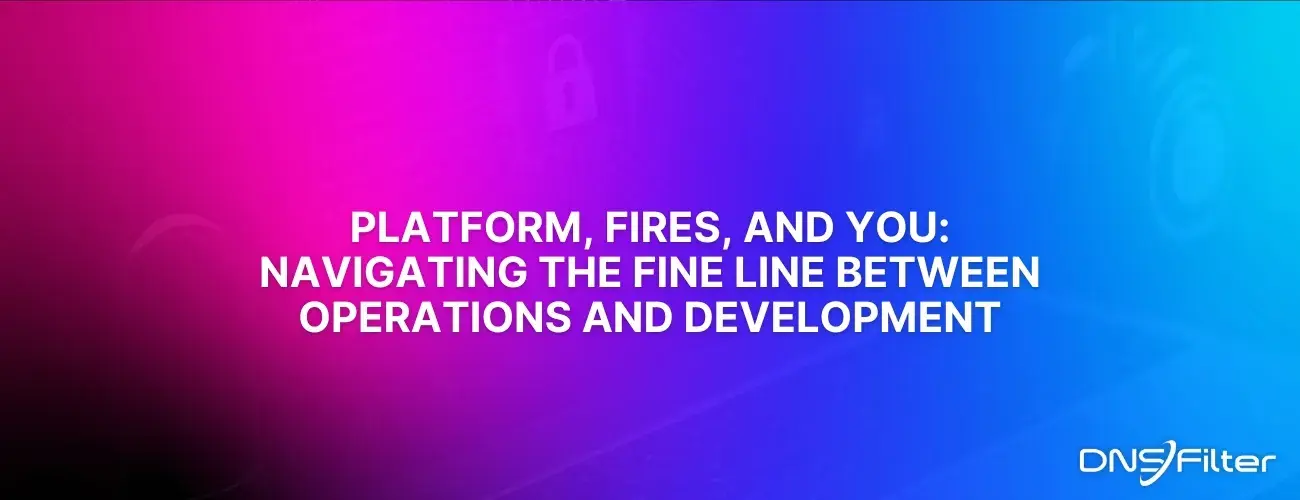Share this
Becoming AppAware: Introducing One-Click Application Blocking For Tighter Security Controls
by Aliese Alter on Feb 17, 2022 12:00:00 AM
At DNSFilter, we’re focused on DNS security. With the infiltration of SaaS applications, it’s more important than ever to prohibit risky applications from being used on your network.
A single application is not a single domain. An application, like the messaging application Discord or the remote desktop application tool TeamViewer, is actually constructed of many domains. Sometimes tens of thousands.
That means the ability to wholly block these domains with block lists alone is out of reach. There will always be new domains associated with the app that you need to manage and add to your block list, and adding that volume of domains isn’t realistic (or scalable).
Not to mention, many of the domains associated with an application aren’t obviously related, which makes identifying Shadow IT discovery difficult.
These are the reasons we built AppAware at DNSFilter. Our goal is threefold:
- Provide increased (and simplified) security to our end users
- Reduce your workload by providing over 100 applications you can start blocking today with a single click
- Increase visibility into the activity on your network
For more details on how AppAware can help secure your network, we put together the following infographic:

AppAware is available to our MSP, Pro, and Enterprise customers. Watch our on-demand webinar about this new feature.
Login to DNSFilter today and navigate to your Policy section to see AppAware for yourself, or book a demo with our sales team to learn more about how this feature can benefit your organization.
Share this
 A Smarter Way to Manage Roaming Clients: The New DNSFilter Experience
A Smarter Way to Manage Roaming Clients: The New DNSFilter Experience
Managing endpoint security across an organization—whether as an MSP overseeing multiple customers or an admin overseeing a tech stack—should be simple, efficient, and effective. That’s why we’re excited to introduce a revamped Roaming Client management experience, designed to provide greater confidence and ease in managing your fleet of DNSFilter Roaming Clients.
 What the ISO 27001 Regulation Means for DNS Security in 2025
What the ISO 27001 Regulation Means for DNS Security in 2025
Why DNS Security Matters for ISO 27001 Certification
DNS security is more than just a technical concern—it’s a pillar of ISO 27001 compliance. As businesses work to protect sensitive data, secure network infrastructure, and meet regulatory requirements, DNS security solutions play a critical role in achieving ISO 27001 certification and ensuring compliance with evolving security standards.
 Platform, Fires, and You: Navigating the Fine Line Between Operations and Development
Platform, Fires, and You: Navigating the Fine Line Between Operations and Development
The Old-School Operations Role: Backbone or Bottleneck?
In the early days of IT, the operations team was the unsung hero—the silent, and often siloed, force that kept everything running. They were responsible for the infrastructure: Servers, databases, and networks that powered the business. They managed deployments, monitored systems, and ensured uptime. If it was working, no one noticed them. If it wasn't? Well, then the questions started: "Wha...


